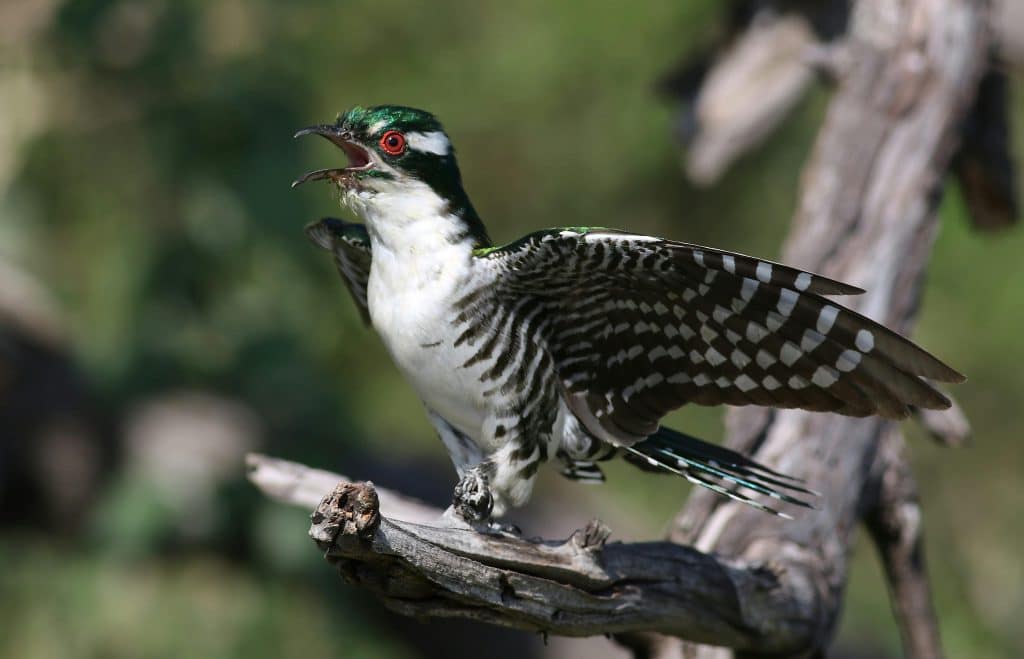The question of the “best time to visit the Kruger National Park” is one we hear often. While every season has its champions, November holds a particularly unique charm. It is a month of transition and transformation, offering a safari experience that is vibrant, dynamic, and full of life. So, is November a good time to visit? Absolutely.
November in the Kruger is a time of renewal. It marks the beginning of the summer rains, and with the first showers, the bush awakens from its winter slumber, bursting into a brilliant green. Let’s explore what makes the Kruger Park weather in November and its wildlife viewing so special.
The Kruger landscape in November: a burst of green
After the dry winter months, the arrival of rain in November breathes new life into the landscape. The parched earth drinks deeply, and almost overnight, the scenery transforms from golden and sparse to lush and verdant. The trees sprout new leaves, and vibrant wildflowers begin to dot the plains. For photographers and nature lovers, this explosion of colour provides a stunning backdrop for wildlife sightings. The air is fresh and clear, especially after an afternoon thunder shower, leaving behind the unforgettable scent of rain on African soil.
Kruger Park wildlife in November: a season of new beginnings
One of the most magical aspects of visiting the Kruger in November is the arrival of new life. This is the primary birthing season for many species, including the iconic impala. The plains become a nursery, filled with young taking their first steps. This abundance of young prey naturally attracts the attention of predators, leading to dynamic and compelling wildlife viewing.
While the thicker vegetation can require a bit more patience to spot animals, the rewards are immense.
- Birdwatching is extraordinary: November is a paradise for birders. Migratory birds return from Europe and other parts of Africa, filling the air with colour and song. You can expect to see species like woodland kingfishers, cuckoos, and a vast array of weavers in their breeding plumage.
- Wildlife remains abundant: Animals don’t disappear in the wet season. While they may not congregate as densely around waterholes, going on a guided game drive increases your chances as an expert leads the way. The major rivers, like the Sabie River on our doorstep, remain a constant draw for elephants, hippos, and crocodiles.
- Dramatic skies and light: The build-up of afternoon clouds creates dramatic, moody skies that make for spectacular photographs. The soft light of the early mornings and late afternoons illuminates the green landscape beautifully.
Kruger Park weather in November
November is a summer month, bringing warm to hot days. The humidity builds, culminating in spectacular, and often brief, afternoon thunderstorms that are a magnificent sight to behold. These showers cool the air, settle the dust, and rarely interfere with game drive schedules. A light rain jacket is advisable, but the weather is generally perfect for enjoying a refreshing dip in the pool between safari activities.
So, if you are seeking a safari that showcases nature’s resilience and vibrancy, November is an exceptional time to visit the Kruger National Park. It’s a month of lush landscapes, adorable baby animals, and some of the best birdwatching of the year.

